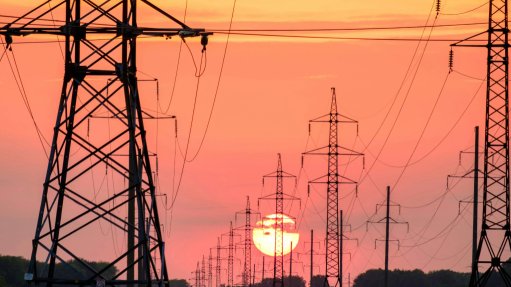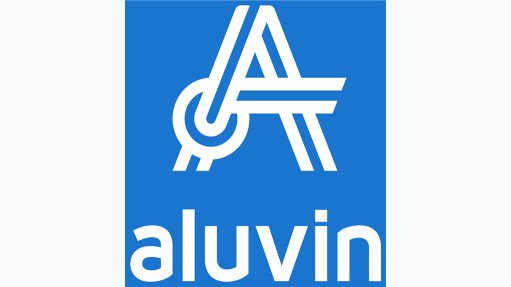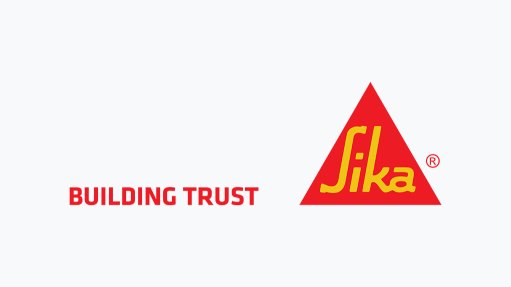Sewer pipes’ difference key in fitting and installation
Polyvinyl chloride (PVC) and high-density polyethylene water reticulation and drainage pipe and fitting systems manufacturer DPI Plastics warns that the South African market needs to be aware of the differences between PVC sewer fittings and polypropylene (PP) sewer fittings, as a fitting installed into an application that it has not been designed for might lead to premature failure of sewer lines.
DPI Plastics technical and product manager Renier Snyman calls for increased awareness about PP and PVC in light of PP fittings for sewer and drainage applications slowly being introduced into the local market.
He explains that, for the past 40 years, PVC pipes have been the dominant choice for underground sewers for 0-mm- to 500-mm- diameter pipes and, in 2015, 99% of the sewer pipe market comprised PVC pipes in those sizes.
Snyman notes that sewer pipes and fittings work together to make a full system. He points out that the problem with PP pipes is that, as a new entrant in the market, only one size of sewer fitting is available in South Africa, the 110 mm PP sewer, which means that a full system and size range of pipes and fittings are not available locally in PP material.
While PVC sewer fittings are all rated 400 kPa, with European rating nominal stiffness (SN) 8 and manufactured to SANS 1601 and SANS 791, PP fittings rated in 100 kPa (SN 2) and 200 kPa (SN 4), manufactured to SANS 8773 and SANS 21138, allow for lower stiffness ratings for fittings. A lower stiffness rating makes for a thinner wall thickness and, therefore, a cheaper product, owing to reduced wall thickness. Low-stiffness pipes and fittings are intended for use in shallow drains, whereas 400 kPa (SN 8) pipes and fittings can be used in all drains and deep sewers.
The company indicates that the market currently only has the means and knowledge to use 400 kPa (SN 8) fittings, but since PP pipes have entered the market, lower-class fittings have become available, which is problematic as these fittings are not suited to or designed for use in deep sewers where heavy-duty pipes are needed. Low-stiffness pipes and fittings are intended for use in shallow drains only.
Snyman states that low-stiffness-class fittings would ideally be used only with a low-stiffness-class pipe, but the market is not aware, as low-stiffness-class fittings have not been available before in South Africa.
Additionally, he says companies that are distributing PP pipes are not educating their buyers on the correct use and application of the PP materials. For example, plumbers are subsequently installing incorrect pipes, which may result in premature leakage in sewer lines.
DPI Plastics also notes that there is a misconception in the industry that PP pipes are more environment-friendly than PVC pipes. Snyman explains that this is not necessarily the case when taking raw materials into consideration, as PP raw material is manufactured 100% from propylene gas, which is one of the by-products in the cracking process, used in petroleum manufacturing.
While PVC is manufactured from ethylene gas, only 43% of PVC originates from the ethylene gas process, with 57% originating from salt, which is not a scarce commodity. “Therefore, if you look at the scarceness of raw materials used, PVC is a lot greener,” concludes Snyman.
Article Enquiry
Email Article
Save Article
Feedback
To advertise email advertising@creamermedia.co.za or click here
Comments
Press Office
Announcements
What's On
Subscribe to improve your user experience...
Option 1 (equivalent of R125 a month):
Receive a weekly copy of Creamer Media's Engineering News & Mining Weekly magazine
(print copy for those in South Africa and e-magazine for those outside of South Africa)
Receive daily email newsletters
Access to full search results
Access archive of magazine back copies
Access to Projects in Progress
Access to ONE Research Report of your choice in PDF format
Option 2 (equivalent of R375 a month):
All benefits from Option 1
PLUS
Access to Creamer Media's Research Channel Africa for ALL Research Reports, in PDF format, on various industrial and mining sectors
including Electricity; Water; Energy Transition; Hydrogen; Roads, Rail and Ports; Coal; Gold; Platinum; Battery Metals; etc.
Already a subscriber?
Forgotten your password?
Receive weekly copy of Creamer Media's Engineering News & Mining Weekly magazine (print copy for those in South Africa and e-magazine for those outside of South Africa)
➕
Recieve daily email newsletters
➕
Access to full search results
➕
Access archive of magazine back copies
➕
Access to Projects in Progress
➕
Access to ONE Research Report of your choice in PDF format
RESEARCH CHANNEL AFRICA
R4500 (equivalent of R375 a month)
SUBSCRIBEAll benefits from Option 1
➕
Access to Creamer Media's Research Channel Africa for ALL Research Reports on various industrial and mining sectors, in PDF format, including on:
Electricity
➕
Water
➕
Energy Transition
➕
Hydrogen
➕
Roads, Rail and Ports
➕
Coal
➕
Gold
➕
Platinum
➕
Battery Metals
➕
etc.
Receive all benefits from Option 1 or Option 2 delivered to numerous people at your company
➕
Multiple User names and Passwords for simultaneous log-ins
➕
Intranet integration access to all in your organisation


















